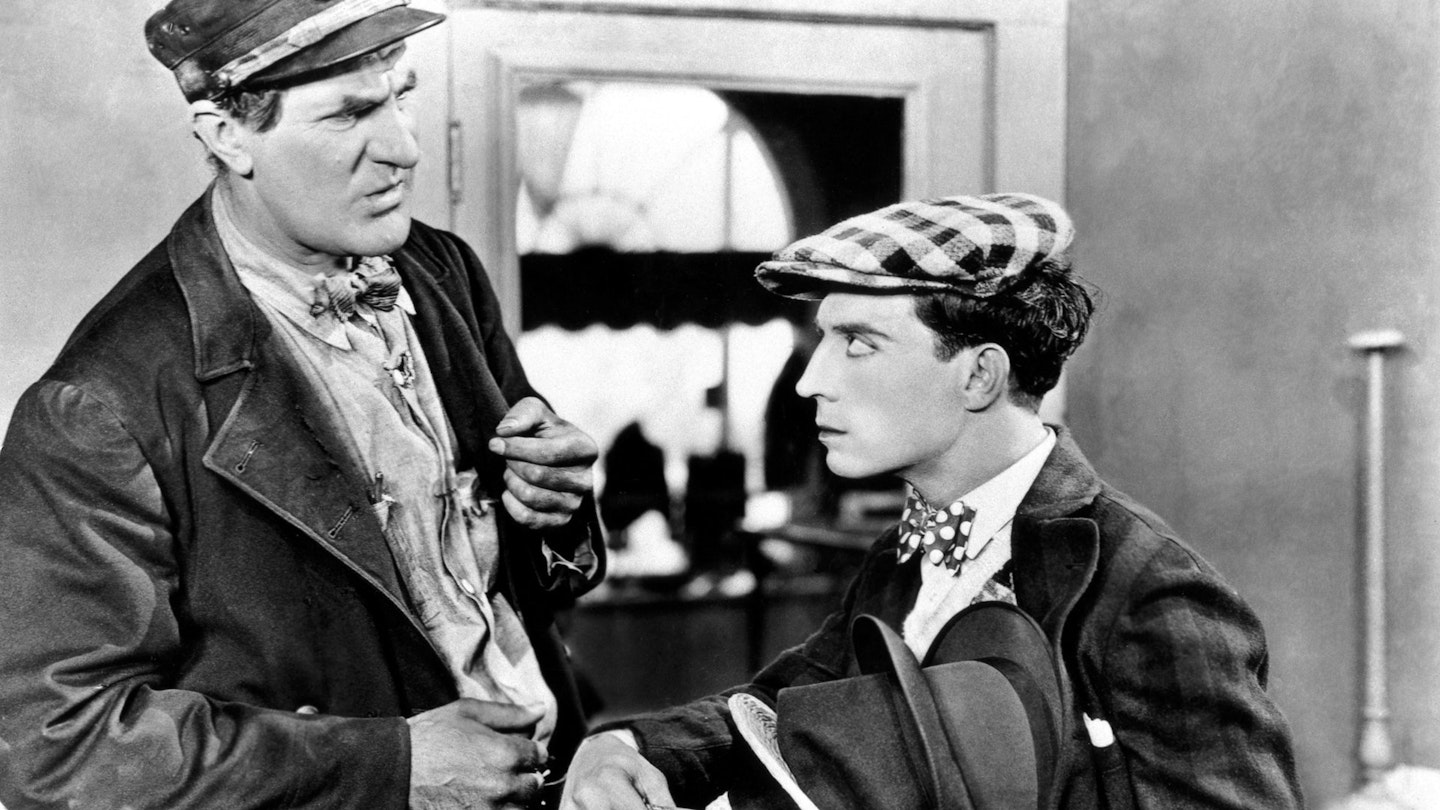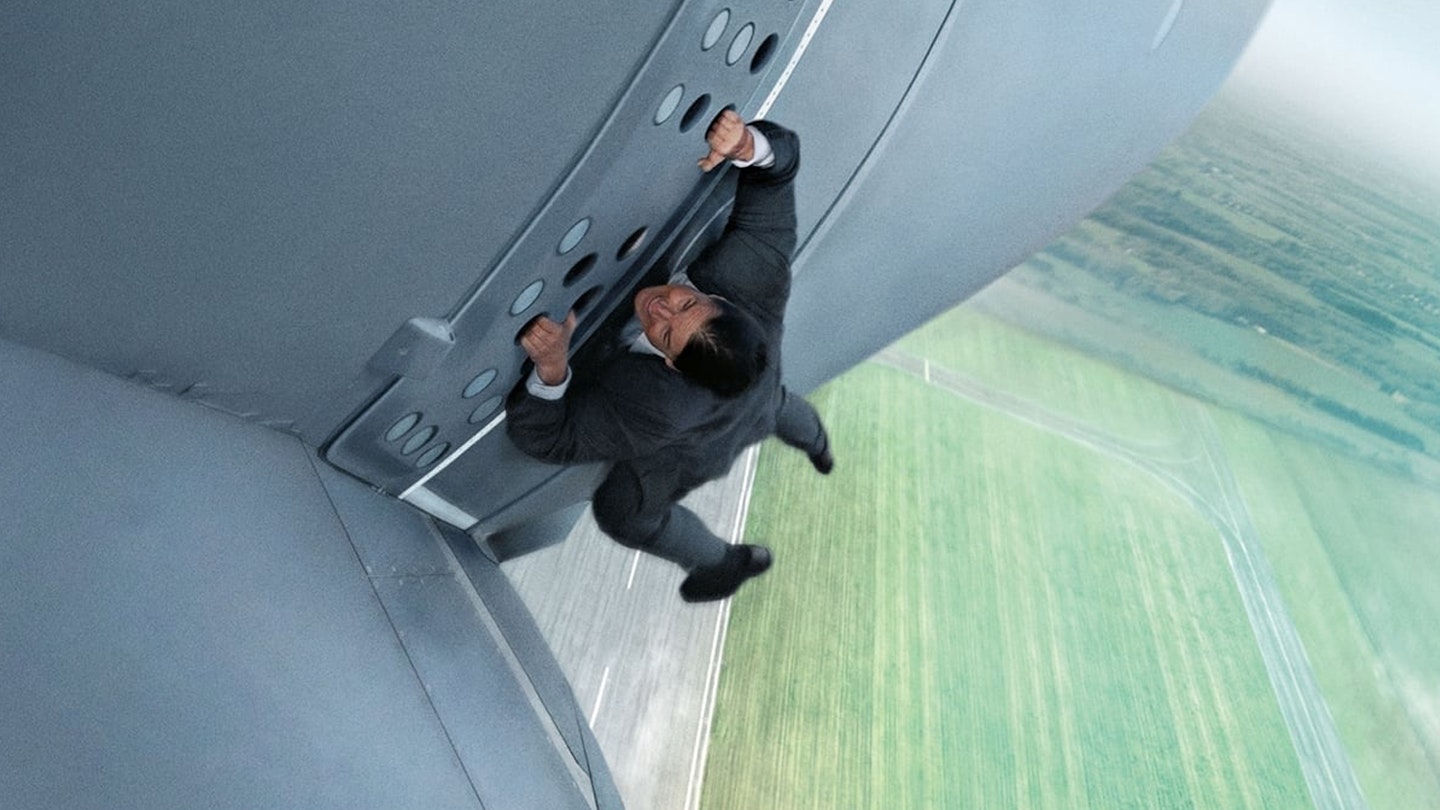Although everyone remembers this comic classic for its meticulously executed stunt gags, plenty of thought went into its themes, too. Buster Keaton's strained relationship with his father, Joe, clearly informed the Bill-Willie situation. But Keaton also used their contrasting stature and attitudes to examine the whole concept of American masculinity and this also tied in with the sense of resentful provincialism that informs Bill's disdain for the namby-pamby Easterner. Yet, despite the Freudian motifs, Keaton identified with the old-timer's fondness for his tub, the Stonewall Jackson, and uses its triumph over Tom Lewis's new-fangled steamer, The King, to challenge the US obsession with progress and its scorn for tradition.
It's ironic, therefore, that this should prove to be Keaton's last silent masterpiece, as the Talkies arrived during its production and he would never recapture past glories after he signed to MGM. Indeed, the influence on proceedings of supervisor Harry Brand was a foretaste of the loss of control that Keaton would subsequently experience. But it was Brand's idea to change the natural disaster striking River Junction from a deluge to a cyclone to avoid offending Mississippians who had just been through a series of ruinous floods. However, Keaton was initially less than impressed by the change, as he had to rethink all of his set-pieces and spend over $20,000 on new sets.
But the sight gags he devised ended up being among his best. The hospital bed being swept along the street and through the stable is splendid, but it was immediately bettered by the shocking sight of a two-storey house front collapsing on to Keaton, only for him to be standing in the tiny space left by an open window. His rooftop rescue of Marion Byron and Ernest Torrence prison breakout were also superbly achieved, with the comedy of thrills retaining a sense of accidental heroism thanks to Keaton's pragmatic bewilderment. Director Charles Reisner persuaded Keaton to smile during the parson's climactic deliverance to anticipate his marital bliss, but test audiences howled their disapproval (as Keaton knew they would) and the myth of the Great Stone Face was preserved.

